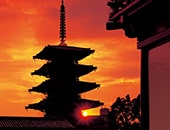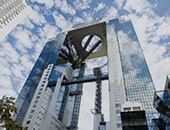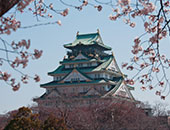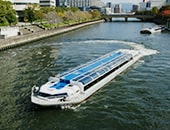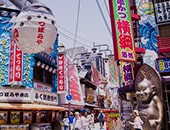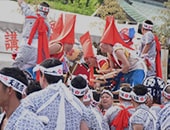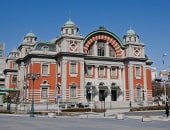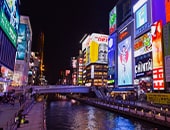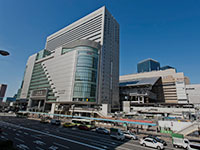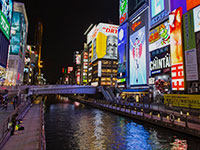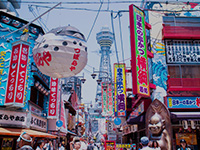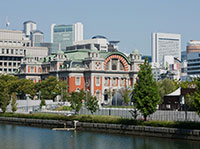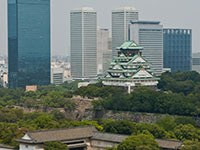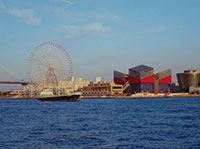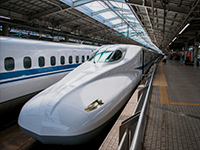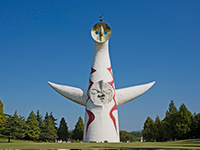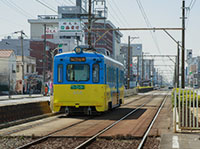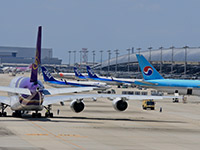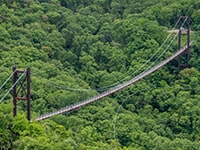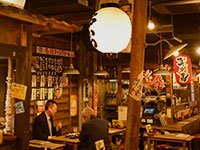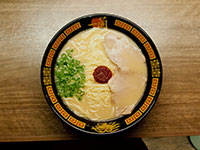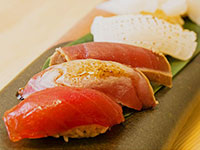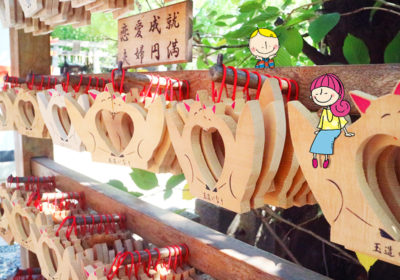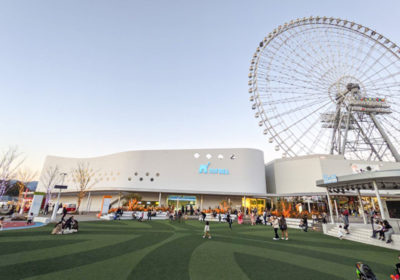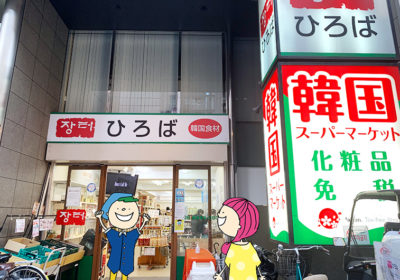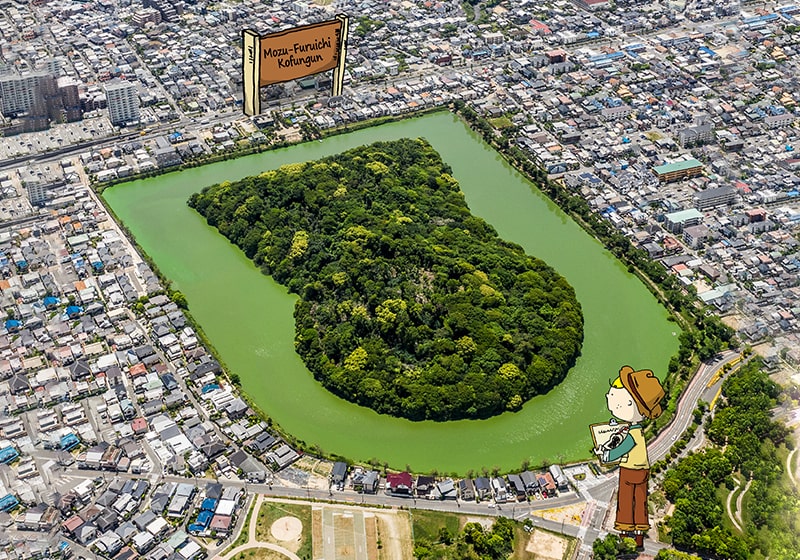

Supporter
Top 7 Must See Sights Outside Osaka City
Osaka is more than just a city… it’s an entire prefecture, with much more to see than initially appears!
Despite being the second smallest of Japan’s 47 prefectures, Osaka boasts natural parks covering 11% if its land, the medieval seaport city of Sakai, the megalithic Mozu Tombs built from early Emperors from the 3rd Century, and another classic white castle… in Kishiwada.
So, rent a car or get a rail pass to see parts of Osaka few tourists ever see. Here are my own Top 7 extraordinary sights in Osaka Prefecture to be found beyond Osaka City limits.
[Content]
1. The Great Peace Prayer Tower

Photo by @osaka_bob
It’s been a surreal times so let’s start with a surreal place… though part of me wishes we all lived in a world where buildings like this were the norm!
Japan has some pretty incredible architecture, but this one gets zero attention despite being 50 years old, having opened in 1970. That’s because it was built by one of Japan’s “new religions” led by a former Zen Buddhist, and has a super long name, shortened to “Dai Heiwa Kinen Tō” or “The Great Peace Tower”.
⠀⠀⠀⠀⠀⠀⠀⠀⠀
Apparently the designers asked Pablo Picasso to design the tower, but he abandoned the project because it was thought architecturally difficult to achieve.
It was eventually made by 40,000 workers using shotcrete – a method of spraying concrete on a wire frame.
You can find it in Tondabayashi, in southern Osaka Prefecture, where they hold the biggest annual fireworks display in the world each August. ⠀
Towering 180m above the city of Tondabayashi, The Great Peace Prayer Tower is actually a cenotaph dedicated to war victims worldwide 🙏
2. Old Sakai Lighthouse
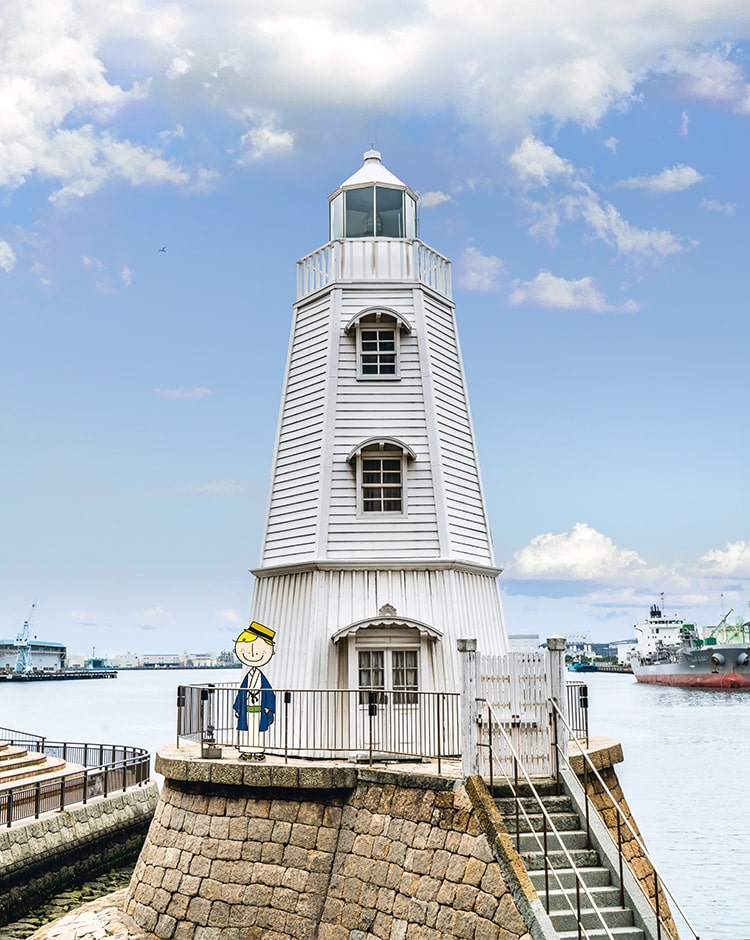
Photo by @osaka_bob
The Old Sakai Lighthouse is a piece of local history. Built in 1877, it helped ships navigate waters around Sakai Port until 1968. Now it is preserved for its beauty and historic Western-style architecture.
Located a 15-minute walk from Sakai Station on the Nankai Railway, it rises just 11.3 meters but is one of the oldest wooden Western-style lighthouses still remaining, along with the old Anorizaki Lighthouse and Fukuura Lighthouse.
The white lighthouse was built around the time of the arrival of Commodore Perry who forced Japan to open to the West, so that foreign ships could navigate safely. An English architect named Biggleston designed the structure, and its cost was paid for by donations from citizens.
In old days a kerosene lamp was used, with its greenish light said to have reached far out to sea, but it closed in 1968, and has since been designated as a national historic site.
3. The Mozu Tombs
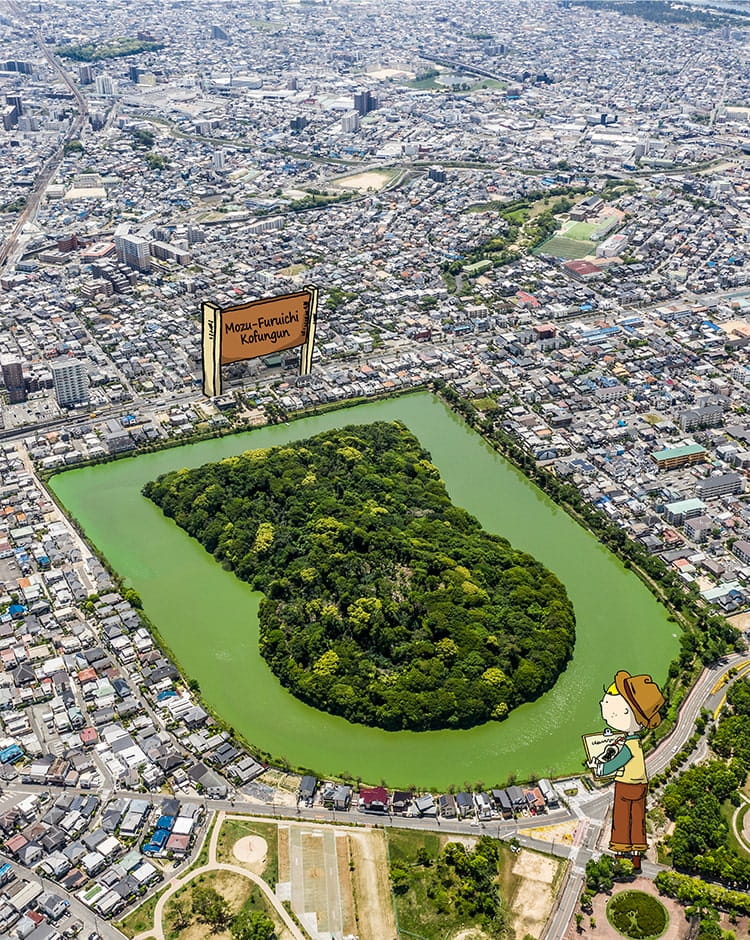
Photo by @osaka_bob
Walking the streets of Sakai City in Japan you might be surprised by the amount of parks, surround by moats. It’s impossible from street level to understand what they are, and in fact, even the Japanese government isn’t entirely sure.
From above, they are revealed to be mammoth tombs, where lay some of Japan’s most powerful rulers, including Emperor Nintoku at Daisen Kofun, the largest grave in the world.
Incredibly they were made between the late fourth and sixth centuries, when rice culture and farming was first expanding in the country from China and Korea, without any machines.
Japan only allows researchers to digitally scan them, so literally no-one really knows what’s inside of them, though one (Daisen Kofun) is historically said to contain Emperor Nintoku.
Covered in trees now, the largest tomb is actually 3 storeys high, and one had 29,000 “haniwa” earthenware figures surrounding it. But why keyhole shape in an era before keys? It’s only a theory, but it’s thought the tomb is the round part, and the rest was an old access way. 49 tombs from the Mozu-Furuichi Kofun group have recently been recognized as a UNESCO World Heritage Site.
4. Ganshoji Temple

Photo by @osaka_bob
The only wooden 5-story pagoda in Osaka is located in Tondabayashi City at Ganshoji Temple, famed for its temple grounds with beautiful plum blossoms that bloom in early spring🌸
The 5-story pagoda at Ganshoji Temple is 37 meters tall (that’s over 120 feet for all you Americans😉), and sits on a mountainside in southern Osaka near Kintetsu Shionomiya station.
A little further up the mountain from Ganshoji temple there is a trail of torii gates that leads up to a small moutaintop Shinto shrine that incudes a viewing platform that overlooks the west (toward Kansai International Airport) and the north (toward the center of Osaka City).
5. Bamboo Forest
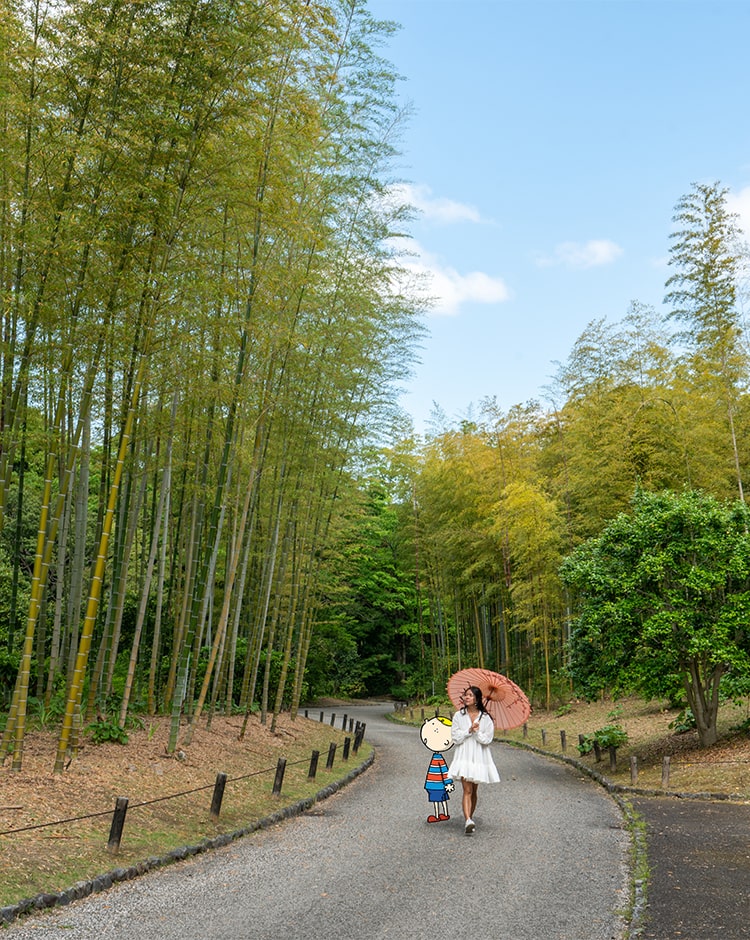
Photo by @osaka_bob
Hey Kyoto, Osaka has a Bamboo Forest too!
Located in the Expo’70 Commemorative Park the forest spreads over several sections of the park, the former site of Expo ’70, held between March 15 and September 13, 1970.
Some 98 hectares of lawn and forest are open to the public, built with the best Japanese landscaping techniques and home to over 470,000 trees.
You can also check out The Japan Folk Crafts Museum with Japanese and foreign ceramic wares and dyed fabrics on display. In the National Museum of Ethnology, there are exhibit sections including Oceania, America, Europe, Africa and Asia.
6. Kishiwada Castle
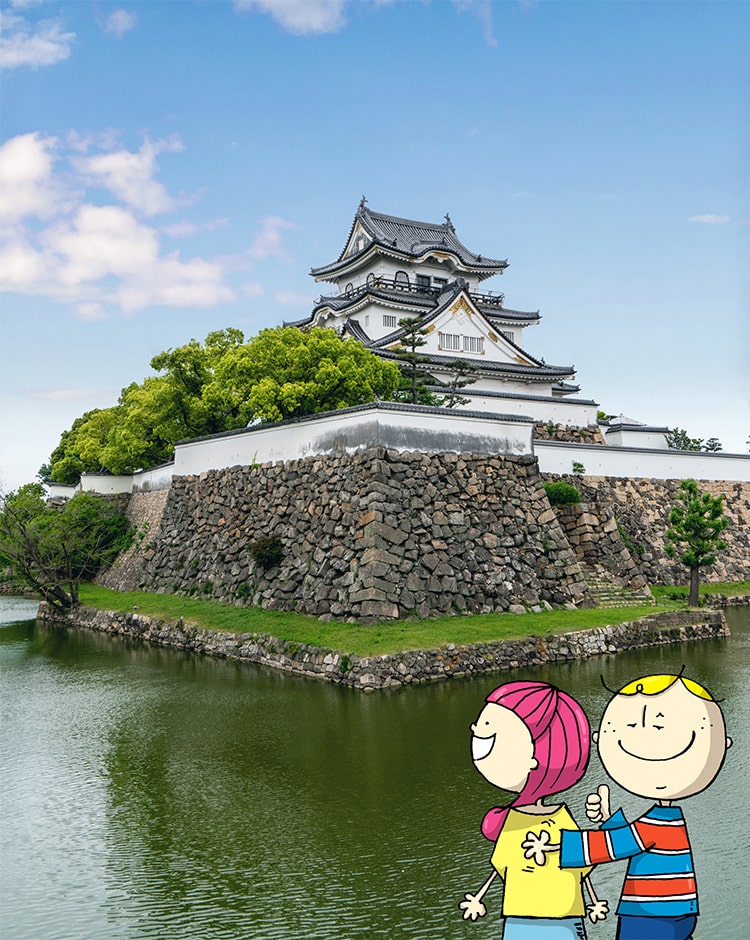
Photo by @osaka_bob
See history up close at Osaka Prefecture’s lesser known castle, which according to excavations was built in the late 15th century. Situated in a samurai neighborhood of Kishiwada City, it offers an authentic feeling and experience of how ancient castles were related to their towns.
It’s a popular spot for weddings too and is lit in evenings to notify the neighborhood of the region’s Covid-19 status according to the Osaka Model 🏯
Check out the five storied keep erected by Hidemasa Koide in 1597. The Okabe family maintained the castle position for 13 generations up to the Meiji Restoration. It’s central keep was destroyed when struck by lightning in 1827, but was reconstructed in 1954, and the walls and outer buildings all remain too.
7. Forest Canopy Walk
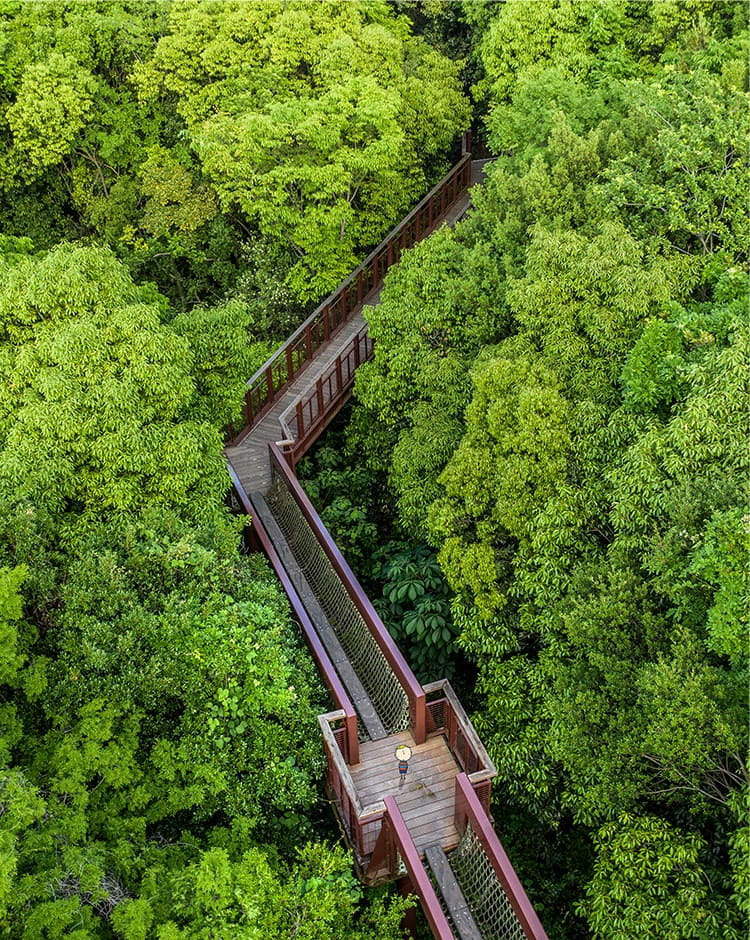
Photo by @osaka_bob
A second pick from the Expo’70 Commemorative Park, the forest walk allows visitors to see the forest canopy up close (and the birds)!
This is a an aerial view of the aerial promenade so you can see just how green it is up here 🌳
The Expo’70 Commemorative Park is about 260 hectares in total, with Japanese Gardens and the Japan Folk Crafts Museum located here.
Parking lots at the time of the Expo in 1970 were converted into sporting facilities and recreation spots. The site of theme pavilions have since become forests and seasonal flower gardens, such that the park is known as a cultural park embracing the natural environment.
The park has five areas; the Japanese Garden, the Natural and Cultural Gardens, the Cultural Institution area, Sports and Recreation area, and Parking area.

Supporter
The contents of this page were current at the time it was posted, but may differ from the present.
Text visible in this map is based on information from Map Tiler and may differ from actual geographical names.

